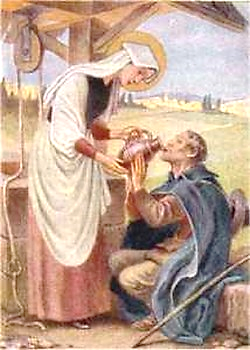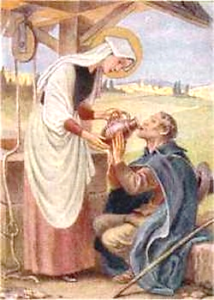Prayers, Quips and Quotes:
St. Philip and St. James,
Feast Day May 3

by Jose Ribera
The feast day of St. James the Lesser and St. Philip is celebrated by the Church on the same day, May 3. They are both Apostles and martyrs.
St. Philip was also one of the original apostles. He was born in Bethsaida, Galilee and was a follower of John the Baptist. He was present at the multiplication of the loaves and fishes. He was also present at the Last Supper. During the Last Supper, it was Philip who asked Jesus to show them the Father. Jesus responded by teaching them about the unity of the Father and the Son. After the resurrection Philip preached in Greece and Syria. St. Philip died a martyr. He was crucified upside down at Hierapolis under the rule of Emperor Domitian.
St. Philip is the patron saint of cooks and bakers.
St. James the Lesser was one of the original twelve apostles. The title Lesser probably meant he was younger than James the Greater. James was a cousin of Jesus and brother to St. Jude Thaddeus. St James the Lesser was the first Bishop of Jerusalem. He was known for his devotion to the poor. He was beaten to death with a club while praying for his attackers.
St.James the Lesser is the patron saint of fullers and pharmacists.

by Master of the Winkler Epitaph
Teach us to be generous, good Lord. Teach us to serve You as You deserve; to give and not to count the cost; to fight and not to heed the wounds, to toil and not to seek for rest, to labor and not to ask for any reward save that of knowing we do Your will.
Quote of St. Ignatius of Loyola; Feast Day July 31
May is the Month of Our Lady.














































